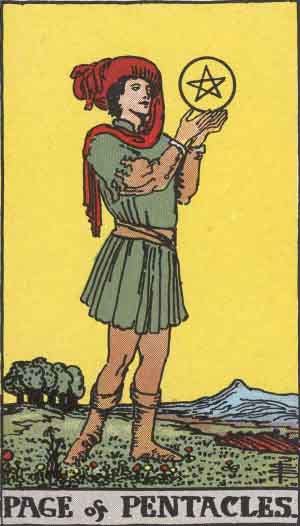I was in my third tarot course before I memorized the traditional meanings, symbols, and correspondences for each card.
This type of learning had been de-emphasized in my studies.
“Throw away the little white book that comes with your cards,” teachers said.
“Intuitive tarot” was trendy, then and now. It’s the concept that you look at the cards and rely only on your intuition to inform the reading.
When I started my own tarot practice for myself, tapping into my intuition was a big goal. I understood that the symbols and archetypes of the cards touch the subconscious and can help awaken a sense of inner knowing.
Still, I very much discounted the idea that I could provide anyone else a legitimate tarot reading if I didn’t truly know the traditional meanings of the cards.
In the midst of my third tarot course, with the inspiring teacher Jessica Chappell, I took it upon myself to memorize the cards.
I wanted to be able to visualize each card in my mind’s eye when I heard its name, number, and suit.
I wanted to know its correspondances by heart—elemental and astrological. I wanted to know the significance of each card’s major symbols, and the main traditional meanings.
I got a pack of index cards and created tarot flashcards which I studied alongside the course I was in.
Having this framework memorized is what ultimately gave me the confidence to start reading for others. Upon this scaffolding I built, my intuition emerged and became clearer with practice.
For me, the learned knowledge and my intuition work hand-in-hand to create readings that are both informed and inspired.
Along the way, I started to get a little judgemental about the concept of purely intuitive tarot readings. It seemed a way to avoid the work of studying.
And then, last week, my 11-year-old niece asked if she could give me a tarot reading. She has her own deck, but I don’t think she’s studied the little white book. Her attitude was tentative, curious, and open.
Before she drew cards, I told her to look at the images and just say what she thinks they mean. “Trust yourself.”
She drew the Eight of Wands and the Page of Pentacles.
Of the Eight of Wands she said: “Look out for eight good things to happen for you over the next 10 days. Pay attention, or you might not notice them.”
The traditional meaning of Eight of Wands is that things are moving fast, or that they’re up in the air. But given the generally positive vibe of the suit— fiery inspiration and energy—I thought the kid’s reading was valid. Plus, when things are happening fast it’s true they can fly by unnoticed.
The other card she drew for me was the Page of Pentacles.
Her read? “You have to let something go or give something away to make room for something new.”
“Give me a sec, I need to write that one down!” I told her.
The Pages are all about being a beginner and fresh starts. And the Pentacles represent the material world—money, objects, nature.
I thought this was a genius way to read this card. When you look at that Page, he’s not clinging to that pentacle.
It’s very lightly held—the opposite of the Four of Pentacles.
He’s practically reaching out to give it away or use it in exchange for something new.
This is all to say that thanks to my niece I have new respect for the idea of purely intuitive tarot readings! The idea that I had up until last week that aspiring tarot enthusiasts should memorize the cards has softened.
Moreover, it’s brought my attention to all the ways I can be rigid and judgemental about the way things “should” be done.
If you don’t want to make flashcards or memorize the card’s meanings, let your intuition be your guide.
There’s more than one way—and certainly no right way—to interact with the cards.
Each practitioner finds their own path to the wisdom of tarot.






I love these interpretations! Even coming from a child, lol.